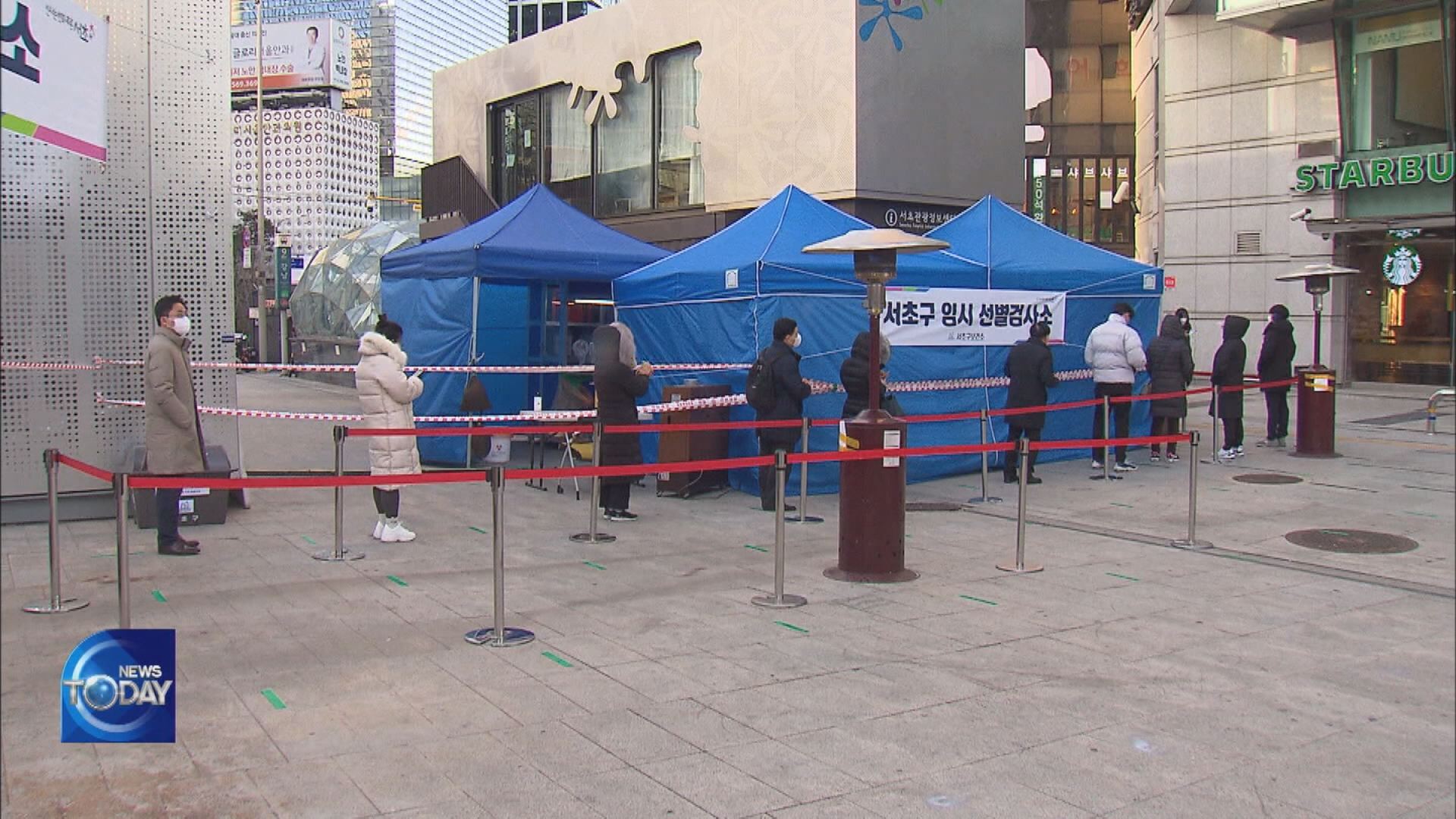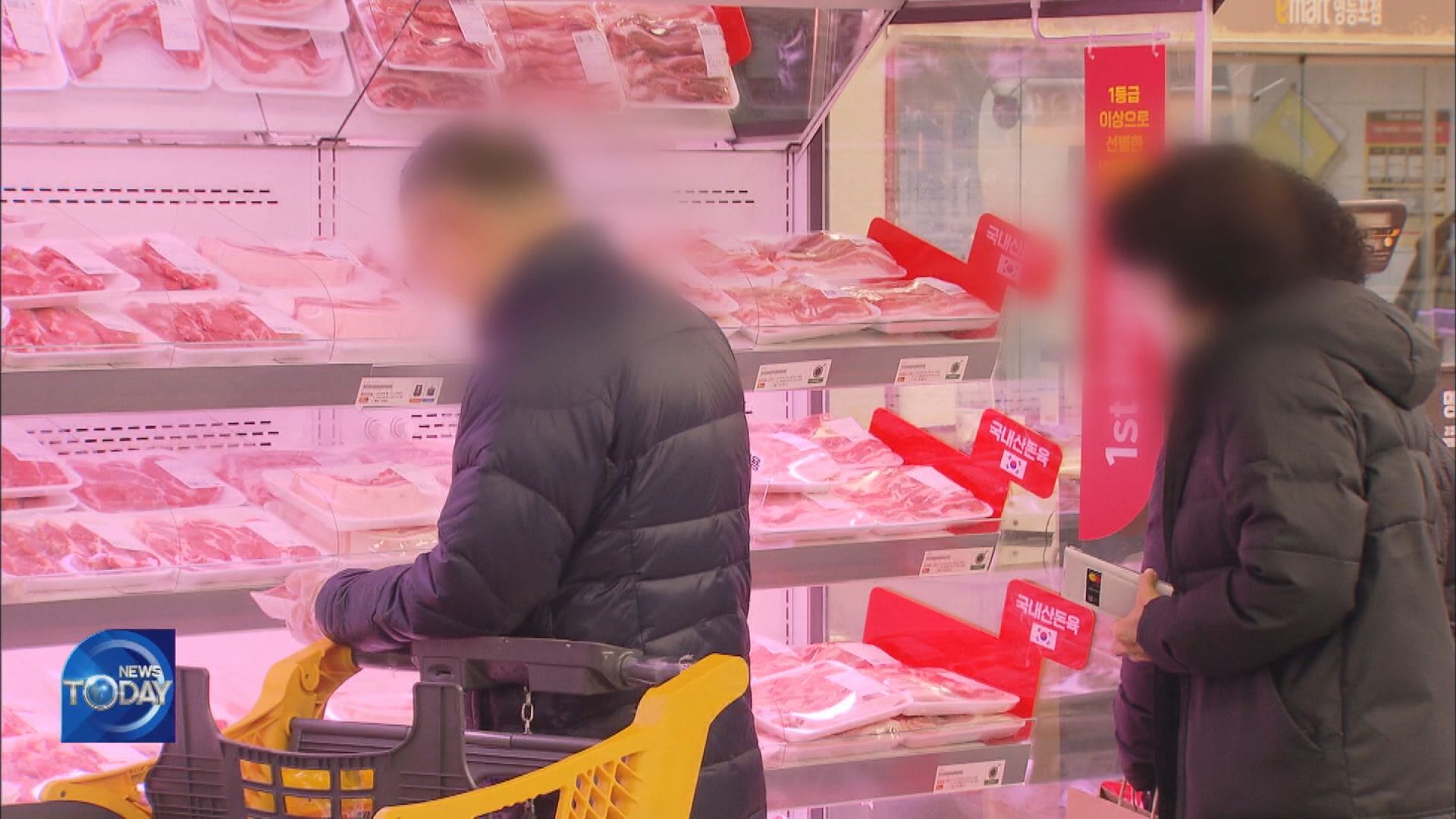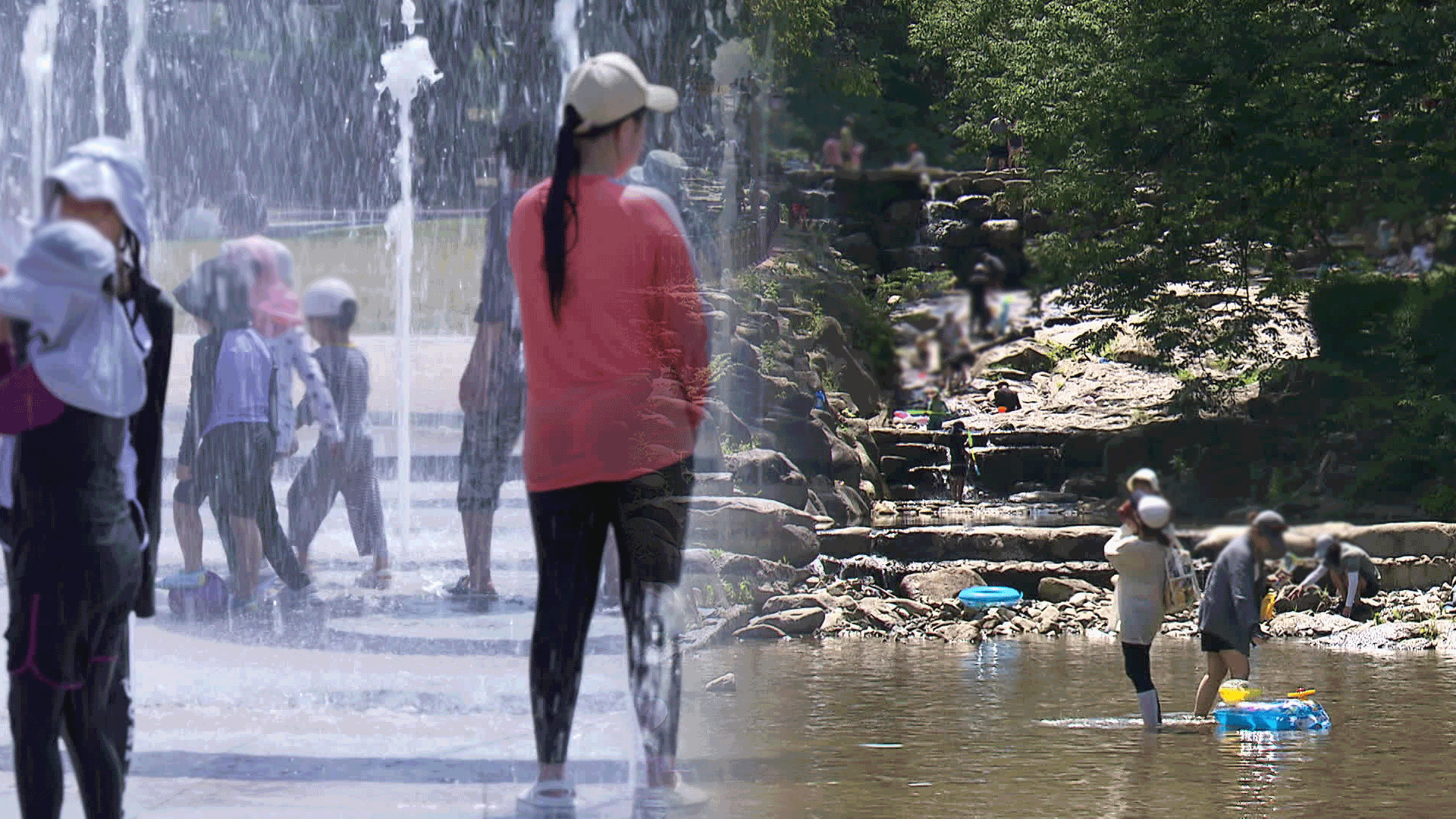EFFECTIVENESS OF GATHERING BAN
입력 2021.02.08 (15:19)
수정 2021.02.08 (16:52)
읽어주기 기능은 크롬기반의
브라우저에서만 사용하실 수 있습니다.
[Anchor Lead]
As we just reported, the gathering ban on five or more people will continue until the end of the Lunar New Year holiday period. Telecom data shows that the gathering ban has been more effective in reducing travel in the nation compared to the 9 p.m. closing time
[Pkg]
Seoul's Myeong-dong is known as one of the most crowded areas, especially during the year-end holiday season. But it's been deserted since the gathering ban on five or more people took effect. Telecom data also shows that travel in the nation has declined. This data shows floating population in Gangnam in the last week of December 2020. There were up to 130,000 people moving on each street between 6 and 9 p.m. But after 9 p.m. it decreases by half. Traffic increased again ahead of Christmas despite the 9 p.m. closing time, but declined sharply again after the gathering ban on five or more people was enforced on December 23. In just a month, the number of daily COVID-19 cases, which reached an average of around 320 in December, dropped by half. People were also found to have traveled less when Covid-19 cases surged and they followed social distancing measures even before the government enforced restrictions.
[Soundbite] Restaurant owner(Jongno-gu Dist., Seoul) : "When there are new cases in our district, we see very few customers. They try to keep distance when dining in."
Telecom data also shows the correlation between the characteristics of each region and coronavirus cases. Jongno-gu District, characterized by numerous offices and a large floating population, had the largest ratio of COVID-19 cases. However, Gangdong-gu and Gangbuk-gu districts, which have many residential complexes and whose residents tend to travel outside the districts, had relatively low percentages of infections.
[Soundbite] Chung Young-jo(KT Digital Health) : "Some regions are more residential, while others have more economic activity. Safety measures should be customized to each region to prevent infections more efficiently."
However, public movement did not decrease as much during the third wave of the pandemic compared to the previous two, even though the third was more severe. This shows that the public's fatigue from two months of gathering ban is hampering efforts to contain the virus.
As we just reported, the gathering ban on five or more people will continue until the end of the Lunar New Year holiday period. Telecom data shows that the gathering ban has been more effective in reducing travel in the nation compared to the 9 p.m. closing time
[Pkg]
Seoul's Myeong-dong is known as one of the most crowded areas, especially during the year-end holiday season. But it's been deserted since the gathering ban on five or more people took effect. Telecom data also shows that travel in the nation has declined. This data shows floating population in Gangnam in the last week of December 2020. There were up to 130,000 people moving on each street between 6 and 9 p.m. But after 9 p.m. it decreases by half. Traffic increased again ahead of Christmas despite the 9 p.m. closing time, but declined sharply again after the gathering ban on five or more people was enforced on December 23. In just a month, the number of daily COVID-19 cases, which reached an average of around 320 in December, dropped by half. People were also found to have traveled less when Covid-19 cases surged and they followed social distancing measures even before the government enforced restrictions.
[Soundbite] Restaurant owner(Jongno-gu Dist., Seoul) : "When there are new cases in our district, we see very few customers. They try to keep distance when dining in."
Telecom data also shows the correlation between the characteristics of each region and coronavirus cases. Jongno-gu District, characterized by numerous offices and a large floating population, had the largest ratio of COVID-19 cases. However, Gangdong-gu and Gangbuk-gu districts, which have many residential complexes and whose residents tend to travel outside the districts, had relatively low percentages of infections.
[Soundbite] Chung Young-jo(KT Digital Health) : "Some regions are more residential, while others have more economic activity. Safety measures should be customized to each region to prevent infections more efficiently."
However, public movement did not decrease as much during the third wave of the pandemic compared to the previous two, even though the third was more severe. This shows that the public's fatigue from two months of gathering ban is hampering efforts to contain the virus.
■ 제보하기
▷ 카카오톡 : 'KBS제보' 검색, 채널 추가
▷ 전화 : 02-781-1234, 4444
▷ 이메일 : kbs1234@kbs.co.kr
▷ 유튜브, 네이버, 카카오에서도 KBS뉴스를 구독해주세요!
- EFFECTIVENESS OF GATHERING BAN
-
- 입력 2021-02-08 15:19:08
- 수정2021-02-08 16:52:35

[Anchor Lead]
As we just reported, the gathering ban on five or more people will continue until the end of the Lunar New Year holiday period. Telecom data shows that the gathering ban has been more effective in reducing travel in the nation compared to the 9 p.m. closing time
[Pkg]
Seoul's Myeong-dong is known as one of the most crowded areas, especially during the year-end holiday season. But it's been deserted since the gathering ban on five or more people took effect. Telecom data also shows that travel in the nation has declined. This data shows floating population in Gangnam in the last week of December 2020. There were up to 130,000 people moving on each street between 6 and 9 p.m. But after 9 p.m. it decreases by half. Traffic increased again ahead of Christmas despite the 9 p.m. closing time, but declined sharply again after the gathering ban on five or more people was enforced on December 23. In just a month, the number of daily COVID-19 cases, which reached an average of around 320 in December, dropped by half. People were also found to have traveled less when Covid-19 cases surged and they followed social distancing measures even before the government enforced restrictions.
[Soundbite] Restaurant owner(Jongno-gu Dist., Seoul) : "When there are new cases in our district, we see very few customers. They try to keep distance when dining in."
Telecom data also shows the correlation between the characteristics of each region and coronavirus cases. Jongno-gu District, characterized by numerous offices and a large floating population, had the largest ratio of COVID-19 cases. However, Gangdong-gu and Gangbuk-gu districts, which have many residential complexes and whose residents tend to travel outside the districts, had relatively low percentages of infections.
[Soundbite] Chung Young-jo(KT Digital Health) : "Some regions are more residential, while others have more economic activity. Safety measures should be customized to each region to prevent infections more efficiently."
However, public movement did not decrease as much during the third wave of the pandemic compared to the previous two, even though the third was more severe. This shows that the public's fatigue from two months of gathering ban is hampering efforts to contain the virus.
As we just reported, the gathering ban on five or more people will continue until the end of the Lunar New Year holiday period. Telecom data shows that the gathering ban has been more effective in reducing travel in the nation compared to the 9 p.m. closing time
[Pkg]
Seoul's Myeong-dong is known as one of the most crowded areas, especially during the year-end holiday season. But it's been deserted since the gathering ban on five or more people took effect. Telecom data also shows that travel in the nation has declined. This data shows floating population in Gangnam in the last week of December 2020. There were up to 130,000 people moving on each street between 6 and 9 p.m. But after 9 p.m. it decreases by half. Traffic increased again ahead of Christmas despite the 9 p.m. closing time, but declined sharply again after the gathering ban on five or more people was enforced on December 23. In just a month, the number of daily COVID-19 cases, which reached an average of around 320 in December, dropped by half. People were also found to have traveled less when Covid-19 cases surged and they followed social distancing measures even before the government enforced restrictions.
[Soundbite] Restaurant owner(Jongno-gu Dist., Seoul) : "When there are new cases in our district, we see very few customers. They try to keep distance when dining in."
Telecom data also shows the correlation between the characteristics of each region and coronavirus cases. Jongno-gu District, characterized by numerous offices and a large floating population, had the largest ratio of COVID-19 cases. However, Gangdong-gu and Gangbuk-gu districts, which have many residential complexes and whose residents tend to travel outside the districts, had relatively low percentages of infections.
[Soundbite] Chung Young-jo(KT Digital Health) : "Some regions are more residential, while others have more economic activity. Safety measures should be customized to each region to prevent infections more efficiently."
However, public movement did not decrease as much during the third wave of the pandemic compared to the previous two, even though the third was more severe. This shows that the public's fatigue from two months of gathering ban is hampering efforts to contain the virus.
이 기사가 좋으셨다면
-
좋아요
0
-
응원해요
0
-
후속 원해요
0

















이 기사에 대한 의견을 남겨주세요.